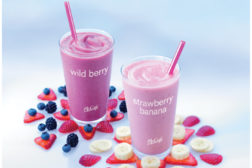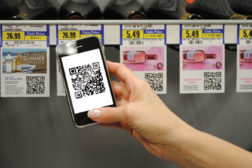Channel Strategies
Placement, pricing are key factors to launch success
Read More
Foodservice channel making strides
Fast-casual restaurants a bright spot for industry
July 11, 2011
A future in store
New platforms drive innovation, opportunity in retail engagement
June 20, 2011
Channel blurring increases grocery’s competition
Consumers’ quest for value has grocery catching up
June 20, 2011
Can private label retain its recessionary gains?
Retailers must stay relevant with value-conscious consumers
June 20, 2011
How to integrate mobile into merchandising
Increased mobile connectivity offers opportunities at the shelf.
May 16, 2011
Elevate your expertise in the beverage marketplace with unparalleled insights and connections.
Join thousands of beverage professionals today. Shouldn’t you know what they know?
JOIN NOW!Copyright ©2024. All Rights Reserved BNP Media.
Design, CMS, Hosting & Web Development :: ePublishing







